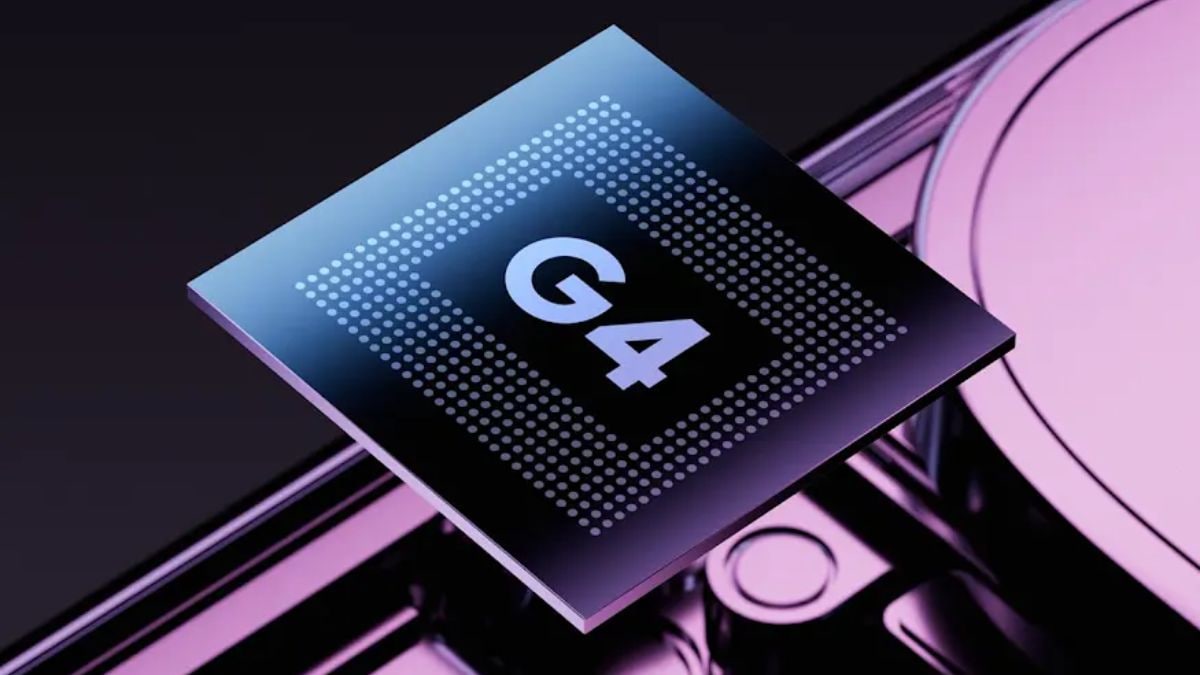Google Pixel 10 series isn’t slated to make its debut until late next year but a new leak sheds some light on the benchmarks of its alleged chipset. The company is expected to equip its purported smartphone lineup with the Tensor G5 SoC which might offer only slight upgrades in terms of GPU prowess over the Tensor G4 chip that currently powers the Pixel 9 series. A separate report suggests Google might adopt Imagination Technologies’ PowerVR DXT architecture for graphical performance improvements.
Google Tensor G5 Chipset Benchmarks
The Tensor G5 chipset was spotted on the Geekbench browser with several of its specifications listed. It is allegedly codenamed “Frankel” featuring eight cores: one prime core clocked at 3.4GHz, five mid-cores operating at 2.86GHz, and two other cores capped at 2.44GHz. The SoC has an ARMv8 architecture and may be paired with approximately 11.07GB of RAM.
The purported chipset also appears to run on Android 15 OS which has already been released for Pixel smartphones. However, the actual Pixel 10 devices may run on Android 16 out-of-the-box since Google has already confirmed the release timeline of its next Android operating system (OS), and it appears to match the rumoured launch schedule of purported Pixel 10 series.
In the Geekbench 6.3.0 for Android AArch64 cross-platform benchmark, the Tensor G5 chipset had 1,323 and 4,004 single and multi-core scores, respectively. In comparison, its predecessor, the Tensor G4 chip on the Pixel 9 Pro XL (review) scored 1,944 points in the single-core test and 4,667 points in the multi-core tests carried out by Gadgets 360.
New GPU Architecture Still Lags Behind
A separate report by Android Authority suggests that Google might adopt a new PowerVR architecture developed by Imagination Technologies for the Tensor G5’s GPU. It is likely to be a two-core DXT-48-1536 GPU clocked at 1.1GHz and boasting 1,536 FP32 FLOPs per clock. The GPU comes with support for scalable ray tracing, Fragment Shading Rate and 2D Dual-Rate Texturing.
The report highlights that this GPU might be at least two generations behind the fastest GPUs in the market, such as the Adreno 830 GPU on Qualcomm’s new Snapdragon 8 Elite SoC.

